There Is No Hierarchy of Oppressions -“I cannot afford the luxury of fighting one form of oppression only. I cannot afford to believe that freedom from intolerance is the right of only one particular group. And I cannot afford to choose between the fronts upon which I must battle these forces of discrimination, wherever they appear to destroy me. And when they appear to destroy me, it will not be long before they appear to destroy you.” -Audre Lorde
Scroll through or click on a link below to explore the topics on this page
Ableism is the discrimination of and social prejudice against people with disabilities based on the belief that typical abilities are superior. At its heart, ableism is rooted in the assumption that disabled people require ‘fixing’ and defines people by their disability. Like racism and sexism, ableism classifies entire groups of people as ‘less than,’ and includes harmful stereotypes, misconceptions, and generalizations of people with disabilities.
A disability is any condition of the body or mind (impairment) that makes it more difficult for the person with the condition to do certain activities (activity limitation) and interact with the world around them (participation restrictions).
There are many types of disabilities, such as those that affect a person’s:
According to the World Health Organization, disability has three dimensions:1
Ableism can take many forms including:
Micro-aggressions are everyday verbal or behavioral expressions that communicate a negative slight or insult in relation to someone’s gender identity, race, sex, disability, etc. In the case of ableism:
Phrases like this imply that a disability makes a person less than, and that disability is bad, negative, a problem to be fixed, rather than a normal, inevitable part of the human experience.
(Read more here: Ableism 101, Ashley Eisenmenger)
The benefits which an ableist society gives to people based on conforming to a set of norms of physical, mental, psychological functioning, -Sins Invalid
1. I can, if I wish, arrange to attend social events without worrying if they are accessible to me.
2. If I am in the company of people that make me uncomfortable, I can easily choose to move elsewhere.
3. I can easily find housing that is accessible to me, with no barriers to my mobility.
4. I can go shopping alone most of the time and be able to reach and obtain all of the items without assistance, know that cashiers will notice I am there, and can easily see and use the credit card machines.
5. I can turn on the television and see people of my ability level widely and accurately represented.
6. I can be pretty sure of my voice being heard in a group where I am the only person of my ability level represented--and they will make eye contact with me.
7. I can advocate for my children in their schools without my ability level being blamed for my children's performance or behavior.
8. I can do well in a challenging situation without being told what an inspiration I am.
9. If I ask to speak to someone "in charge", I can be relatively assured that the person will make eye contact with me and not treat me like I am stupid.
10. I can belong to an organization and not feel that others resent my membership because of my ability level.
See full list here: RioIriri
Accessibility: The Office for Civil Rights (OCR) at the U.S. Department of Education defines accessibility as meaning “when a person with a disability is afforded the opportunity to acquire the same information, engage in the same interactions, and enjoy the same services as a person without a disability in an equally integrated and equally effective manner, with substantially equivalent ease of use.” (ACEED)
Accessibility means access. It refers to the ability for everyone, regardless of disability or special needs, to access, use, and benefit from everything within their environment. It is the “degree to which a product, device, service, or environment is available to as many people as possible.”
Founded on the principles of Universal Design, the goal of accessibility is to create an inclusive society for people with physical, mobility, visual, auditory, intellectual, developmental, cognitive, health, and other disabilities. This means everyone has equal access to perceive, understand, engage, navigate, and interact with all elements of the physical and digital world. (from CNIB.ca)
Ableism and ableist societies restrict accessibility, either consciously or unconsciously, by designing physical locations/buildings, technology, transportation systems, communication systems, etc. that meet the needs of nondisabled people and dismiss the needs of disabled people. Disabled people, therefore, are primarily disadvantaged not by their difference or diagnoses, but by the society that disregards and marginalizes their needs and restricts accessibility. (Simmons)
Accessibility and Ableism: Accessibility in political movements, especially those that claim to be radical, should be fighting ableism and making themselves as accessible to people as possible.
Accommodating for the Unseen: Creating Safe and Accessible Spaces | Christie Castagna : Accommodating for the Unseen: Creating Safe and Accessible Spaces for those with Invisible Chronic Illness
''How improving disability access can benefit everyone'' | Jane Hickey | TEDxVictoriaUniversity: An inaccessible community prevents disabled people from moving freely, actively participating in everyday life and having their voices heard. Jane Hickey believes that universal design principles can benefit every member of the community and she describes how we can all work together to build a more inclusive community.
My Body Doesn't Oppress Me, Society Does
Patty Berne and Stacey Milbern present a social model of disability, explaining how universal design, adaptive devices, and meeting people’s access needs can limit the social, economic, and physical barriers that render physical impairments disabling in an ableist society. Milbern notes that focusing on individual impairments “lets society off the hook” for the structural oppression that renders some bodies and lives more valuable than others. Berne says “we are seen as disposable,” noting that the oppression that society ascribes to the individual body and disability is in fact a violent social construction.
At UC, we are committed every day to providing full and equal access to students, employees and visitors with disabilities. The University is actively engaged in improving the accessibility of our community, in the classroom, in the workplace, on campus, and online. Please use this site to identify the resources you need.
Purpose
To ensure all patrons have full and equal access to all library resources, UC Libraries offers a wide array of enhanced services for patrons with disabilities, such as adaptive equipment and book retrieval.
Eligibility
University of Cincinnati students, faculty, staff, and non-UC users are eligible to use the services and facilities offered by UC Libraries Adaptive Technologies.
Facilities
The Adaptive Technologies space and equipment are available at any time Langsam Library is open. The equipment available in the room includes the following:


Disability Justice centers intersectionality and the ways diverse systems of oppression amplify and reinforce one another.
The term “disability justice” is often used interchangeably with terms such as “disability rights” and “disability inclusion.” Yet it’s important to recognize that “disability justice” refers to a very specific framework of thinking about disability.
Disability inclusion is a broad term to describe approaches to advance access and inclusion for disabled people. A disability justice approach centers the priorities and approaches of those most historically excluded groups, such as women, people of color, immigrants, and people who identify as LGBTQ+.
As explained by Patty Berne, the Co-Founder, Executive and Artistic Director of Sins Invalid and one of the people whose work and words informed the conceptualization of disability justice, the framework was a reaction to the ways that the US disability rights movement “invisibilized the lives of peoples who lived at intersecting junctures of oppression – disabled people of color, immigrants with disabilities, queers with disabilities, trans and gender non-conforming people with disabilities, people with disabilities who are houseless, people with disabilities who are incarcerated, people with disabilities who have had their ancestral lands stolen, amongst others.” (Disability & Philanthropy Forum)
1. Intersectionality. We know that each person has multiple identities, and that each identity can be a site of privilege or oppression. The mechanical workings of oppression and how they output shift depending upon the characteristics of any given institutional or interpersonal interaction; the very experience of disability itself is being shaped by race, gender, class, gender expression, historical moment, relationship to colonization, and more.
2. Leadership of Those Most Impacted. We know ableism exists in the context of other historical systemic oppressions. We know to truly have liberation we must be led by those who know the most about these systems and how they work.
3. Anti-Capitalist Politic. We are anti-capitalist as the very nature of our body/minds resist conforming to a capitalist “normative” level of production. We don’t believe human worth is dependent on what and how much a person can produce. We critique a concept of “labor” as defined by able-bodied supremacy, white supremacy, and gender normativity. We understand capitalism to be a system that promotes private wealth accumulation for some at the expense of others.
4. Cross-Movement Solidarity. Necessarily cross-movement, Disability Justice shifts how social justice movements understand disability and 228 Patricia Berne, David Langstaff, Aurora Levins Morales, and Sins Invalid contextualize ableism, lending itself toward a united front politic.
5. Recognizing Wholeness. We value our people as they are, for who they are, and understand that people have inherent worth outside of capitalist notions of productivity. Each person is full of history and life experience. Each person has an internal experience composed of their own thoughts, sensations, emotions, fantasies, perceptions, and idiosyncrasies. Disabled people are whole people.
6. Sustainability. We pace ourselves, individually and collectively, to be sustained long-term. We value the teachings of our lives and bodies. We understand that our embodied experience is a critical guide and reference pointing us toward justice and liberation.
7. Commitment to Cross-Disability Solidarity. We value and honor the insights and participation of all of our community members. We are committed to breaking down ableist/patriarchal/racist/classed isolation between people with physical impairments, people who identify as “sick” or are chronically ill, “psych” survivors, and those who identify as “crazy,” neurodiverse people, people with cognitive impairments, and people who are of a sensory minority, as we understand that isolation ultimately undermines collective liberation.
8. Interdependence. Before the massive colonial project of Western European expansion, we understood the nature of interdependence within our communities. We see the liberation of all living systems and the land as integral to the liberation of our own communities, as we all share one planet. We attempt to meet each other’s needs as we build toward liberation, without always reaching for state solutions which can readily extend its control further over our lives.
9. Collective Access. As brown/black and queer crips, we bring flexibility and creative nuance to engage with each other. We create and explore new ways of doing things that go beyond able-bodied/minded normativity. Access needs aren’t shameful—we all have various capacities which function differently in various environments. Access needs can be articulated within a community and met privately or through a collective, depending upon an individual’s needs, desires, and the capacity of the group. We can share responsibility for our access needs, we can ask that our needs be met without compromising our integrity, we can balance autonomy while Ten Principles of Disability Justice 229 being in community, we can be unafraid of our vulnerabilities knowing our strengths are respected.
10. Collective Liberation. How do we move together as people with mixed abilities, multiracial, multi-gendered, mixed class, across the orientation spectrum—where no body/mind is left behind?
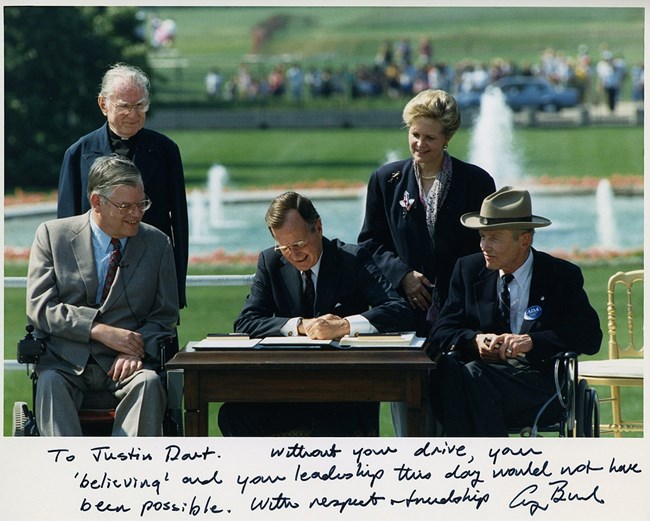

Stella Young is a comedian and journalist who happens to go about her day in a wheelchair — a fact that doesn't, she'd like to make clear, automatically turn her into a noble inspiration to all humanity. In this very funny talk, Young breaks down society's habit of turning disabled people into "inspiration porn."
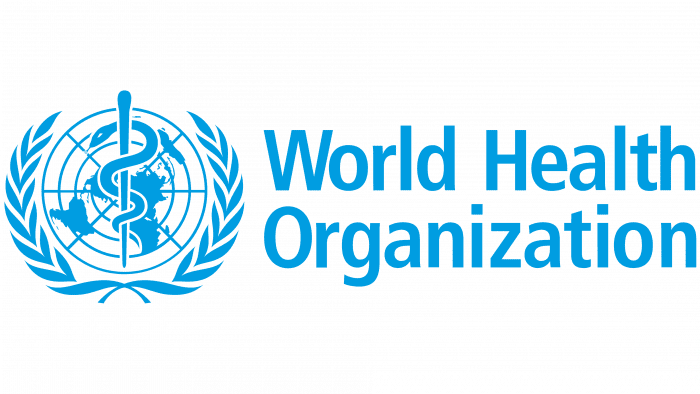

We've collected our favorite resources about disability and higher education in one place.
This website will continue to evolve, and we welcome your ideas and suggestions about what should be here.
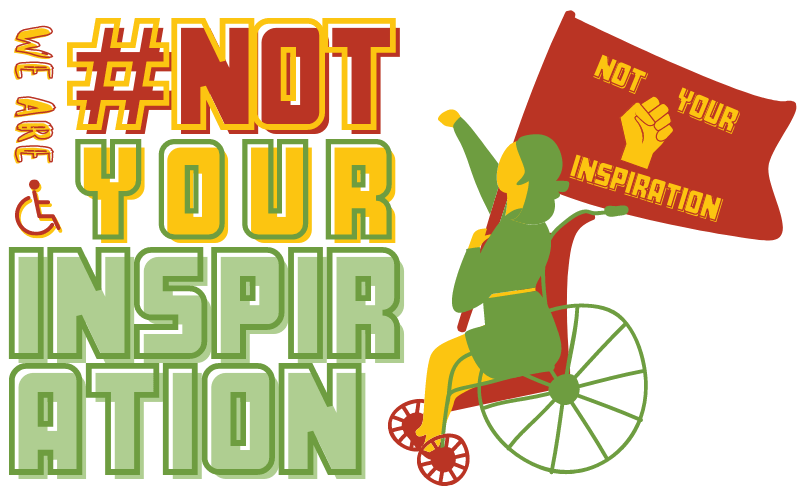

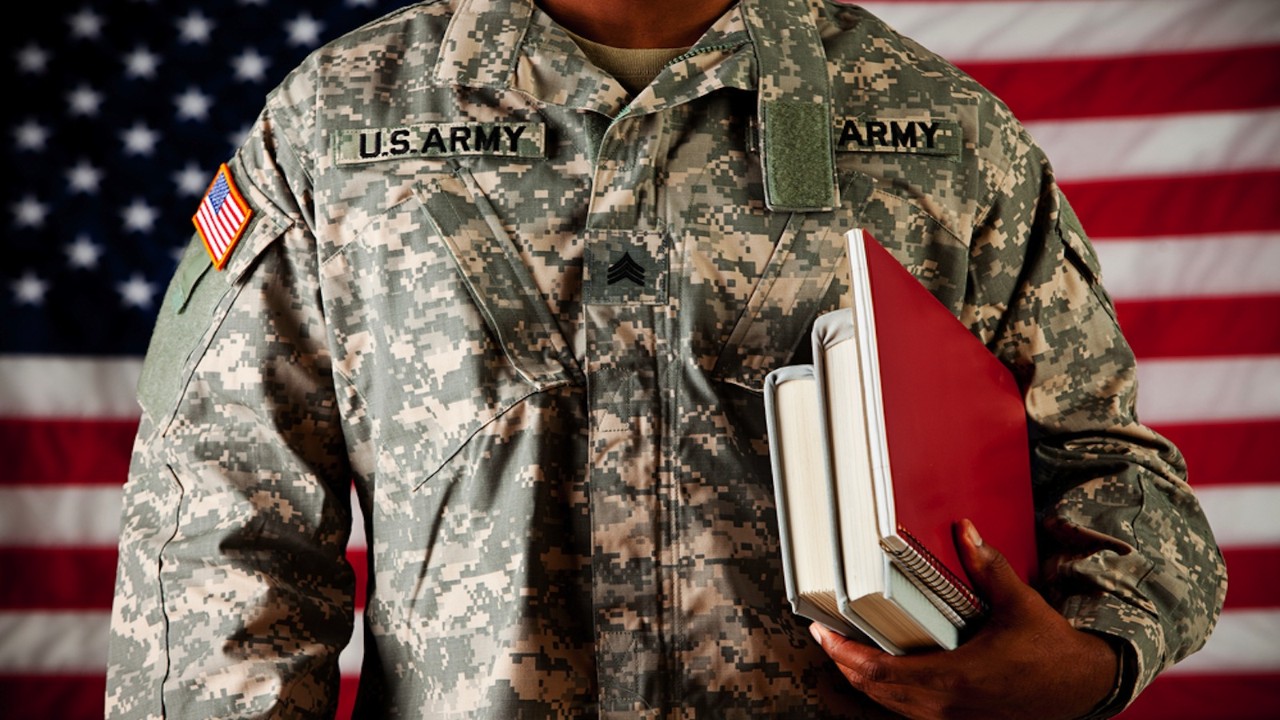
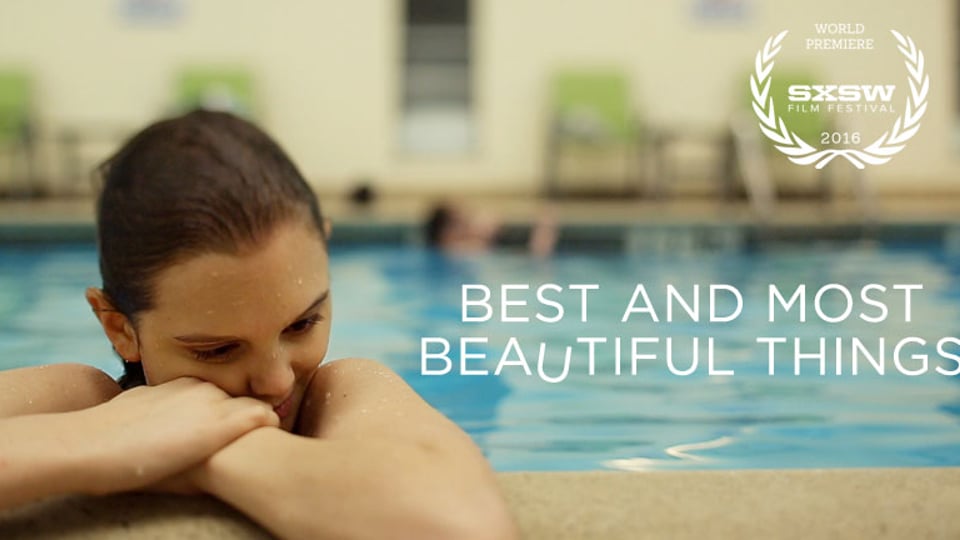
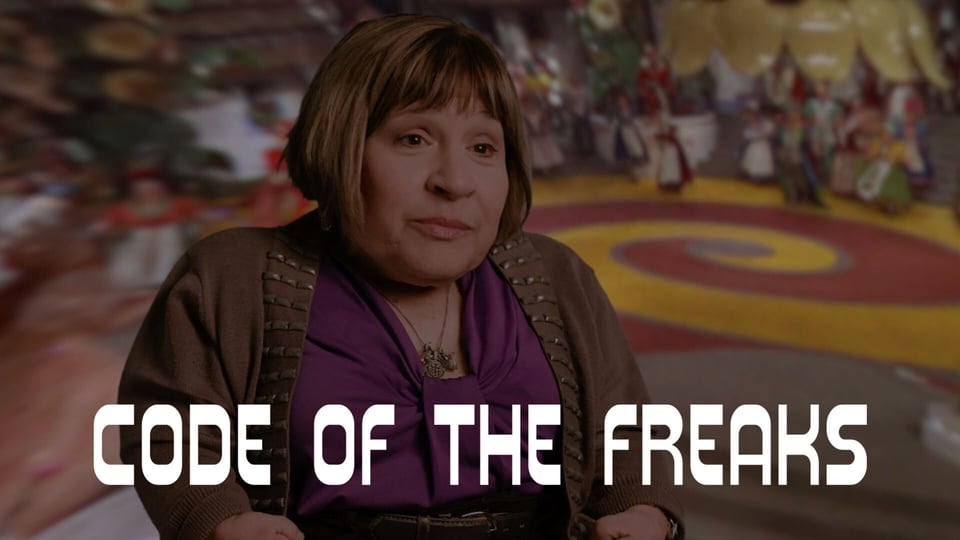
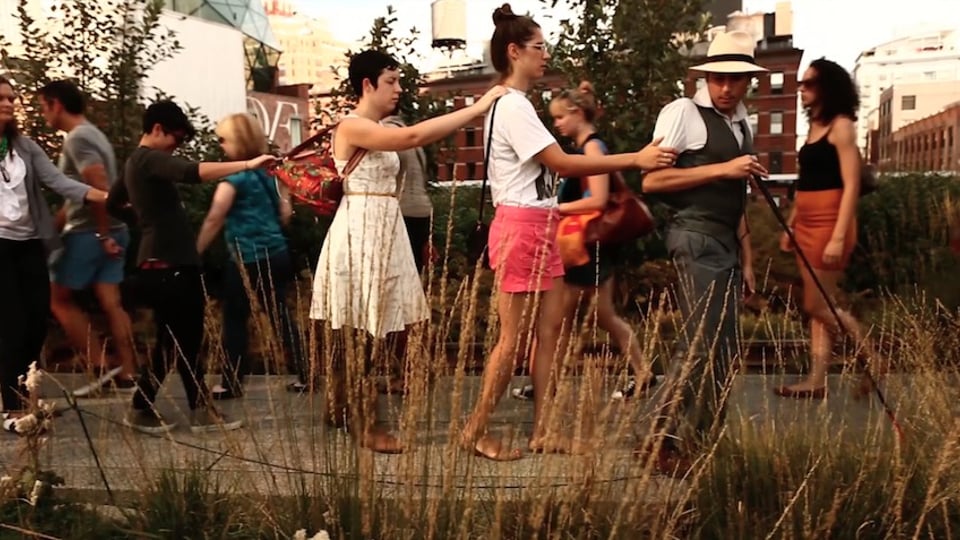
University of Cincinnati Libraries
PO Box 210033 Cincinnati, Ohio 45221-0033
Phone: 513-556-1424
University of Cincinnati
Alerts | Clery and HEOA Notice | Notice of Non-Discrimination | eAccessibility Concern | Privacy Statement | Copyright Information
© 2021 University of Cincinnati
